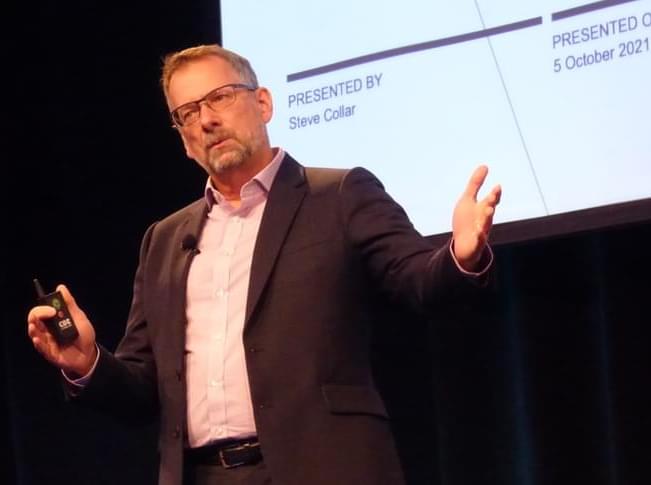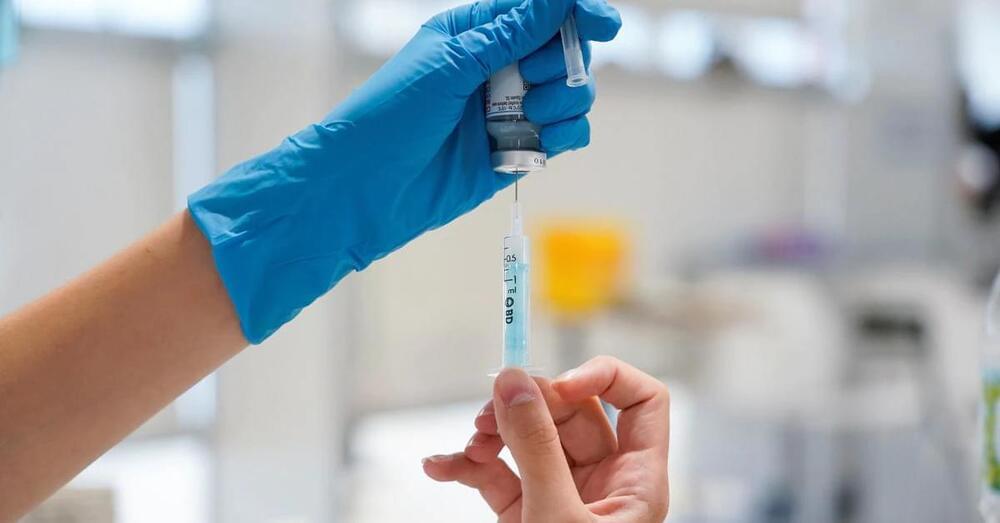The CEO of SES says consolidation of the satellite industry is more likely than ever to improve its overall return on investment.
MOUNTAIN VIEW, Calif. — The chief executive of satellite operator SES says consolidation of the satellite industry is more likely than ever to improve its overall return on investment, but that the structure of the industry might hinder such deals.
Speaking at the Satellite Innovation conference here Oct. 5 Steve Collar addressed growing perceptions that the industry is ready for a wave of deals like the unsolicited proposal by telecom magnate Patrick Drahi last week to acquire Eutelsat for $3.2 billion. While Eutelsat rejected the deal, it appeared to leave the door open for a revised, higher offer.
While not addressing that specific deal or others, Collar said he thought some kind of industry consolidation was possible. “I think it’s more likely than it’s ever been,” he said. “But, it’s been likely in the past and hasn’t happened.”









